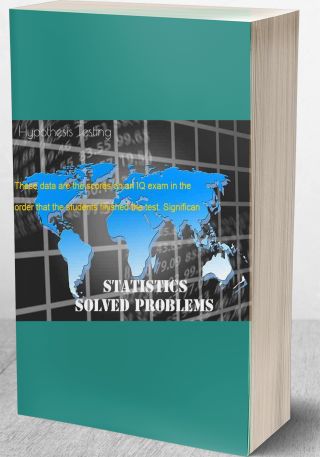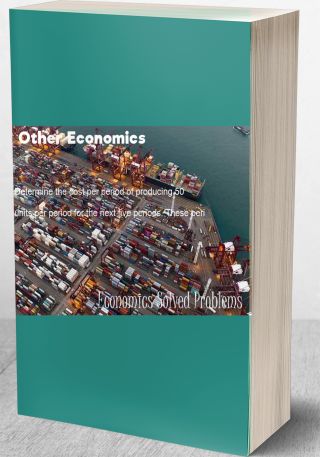This experiment involves determining the outcomes and associated probabilities of rolling two dice i
Question: This experiment involves determining the outcomes and associated probabilities of rolling two dice in a row and recording the product, using the laws of probability for the union and intersection of events.
a. How many possible outcomes are there for rolling die? List them. These outcomes are called mutually exclusive events, since they have nothing in common, ie. they are described by the conjunction OR.
b. Rolling two dice and recording the product is called independent, since the outcome on a roll doesn’t affect the outcome on the other roll. In rolling two dice, how many possible outcomes are there? List them. Each of these outcomes in described by the conjunction AND.
c. What is the sample space of possible outcomes for the product that results in rolling two dice?
d. What is the associated probability of each of the outcomes defined in c.
e. Draw a histogram of c. vs. d.
f. Verify that this histogram is a probability distribution function.
g. Calculate the mean and standard deviation of this distribution
h. Calculate the probability that the product is greater than 7, but less than of equal to 15.
Deliverables: Word Document


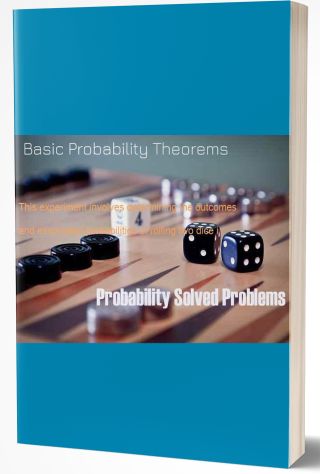
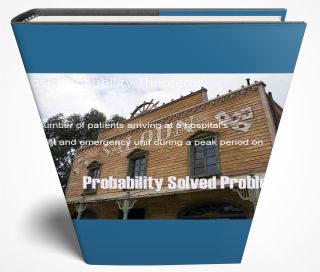
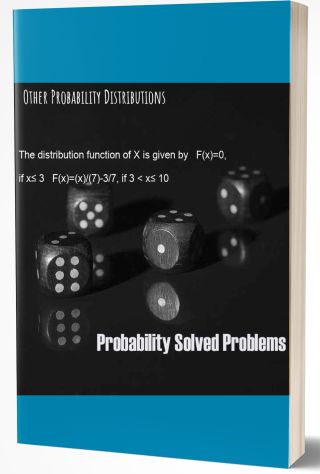
![[Solution] The local newspaper in Smallville is conducting a random lottery. It will award three different priz #2700 Basic Probability Theorems](/images/downloads-images/featured/Probability-question-27322.jpg)
